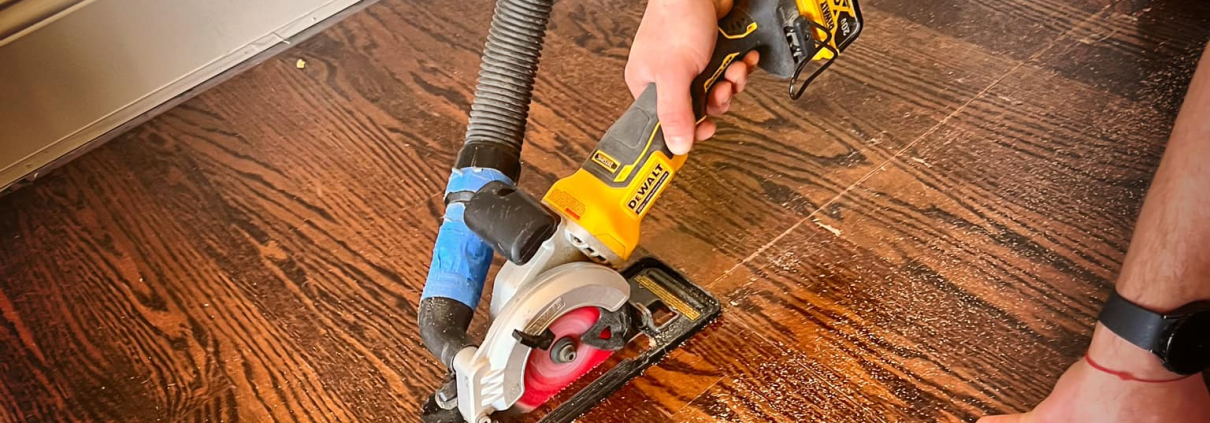When your hardwood floors start to look worn, scratched, or dated, you might find yourself asking a big question: Should I refinish or replace my floors?
At first glance, a brand-new floor might sound appealing—but refinishing your existing hardwood could offer the same visual transformation at a fraction of the cost. Let’s break down the key differences between the two options to help you make the smartest decision for your home and budget.
1. The Cost Factor
Refinishing:
Refinishing hardwood floors is significantly more cost-effective. Depending on the condition of your floors and the size of your space, refinishing typically costs 50–70% less than full replacement. You’ll avoid material costs and reduce labor fees, all while getting that “brand new” look.
Replacing:
Replacing floors includes not only new hardwood materials but also the removal of old flooring, subfloor repairs (if needed), installation, staining, and finishing. It adds up quickly and often comes with more unexpected costs.
👉 Winner: Refinishing — hands down, it’s the budget-friendly choice.
2. Time & Disruption
Refinishing:
Most refinishing jobs are completed in 3–5 days, depending on the size and whether you opt for custom staining. Plus, modern dustless sanding options keep your home cleaner and safer throughout the process.
Replacing:
Full replacement can take a week or more, especially if subfloor work is needed or if you’re using special-order wood. It’s a bigger disruption to your daily life.
👉 Winner: Refinishing — less mess, less stress, and faster turnaround.
3. Environmental Impact
Refinishing:
Preserving your existing floors is a sustainable choice. You’re minimizing waste and making the most of the materials already in your home.
Replacing:
Even responsibly sourced hardwood still requires harvesting, shipping, and installation. Plus, your old flooring may end up in a landfill.
👉 Winner: Refinishing — it’s the greener solution.
4. Visual Impact
Many homeowners are surprised by how dramatic the transformation can be after refinishing. You can:
-
Change the color and tone of your floors
-
Remove deep scratches and dull finishes
-
Highlight the natural grain and character of your wood
In most cases, unless your flooring is severely damaged or too thin to sand, refinishing can give you the exact look you want—without a full replacement.
So, When Should You Replace Instead?
While refinishing is the ideal solution for many, here are a few cases when replacing may be necessary:
-
Your floors are warped, water-damaged, or structurally compromised.
-
The hardwood has been refinished too many times and is too thin.
-
You want to switch materials entirely, like going from oak to walnut or hardwood to luxury vinyl.
Let’s Talk About Your Floors
At Tom & Peter Flooring, we’ve helped homeowners throughout Chicago area make the best decision for their floors—whether that means restoring what they already have or helping them start fresh. As a local, family-owned business, we take pride in offering honest advice, transparent pricing, and beautiful results every time.
Need help deciding? Contact us today for a free consultation and let us help you choose the right path to floors that look brand new—without breaking the bank.







Leave a Reply
Want to join the discussion?Feel free to contribute!